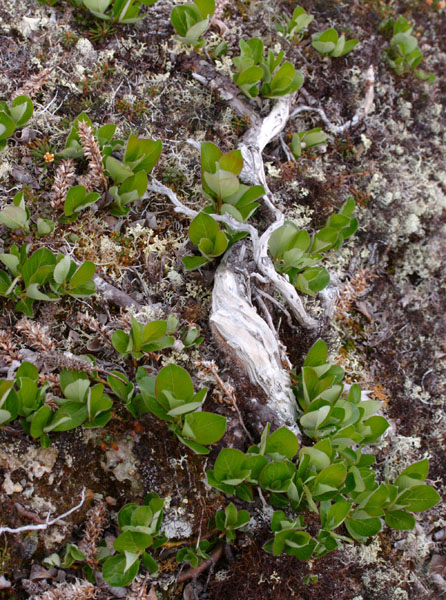Tundra
Tuesday, January 3, 2012
Eco-tourism
1. There are three types of Tundra: Arctic Tundra, Antarctic Tundra, and Alpine Tundra.
2. The average temperature in the Tundra is about 10 degrees Fahrenheit.
3. The Tundra stabilizes global temperatures by absorbing the carbon dioxide in the atmosphere.
4. The Tundra experiences summer from May to July, in which the sun shines 24 hours a day!
5. Annual precipitation is usually low, about 10 inches.
Interesting Characteristic of the Tundra

There is only one type of tree that grows in the Tundra's harsh climate and that is the dwarf willow, which is only 4 inches tall!
Monday, January 2, 2012
Human Impact on the Tundra
If humans keep hurting this very delicate biome, it may end up being destroyed. Humans are negatively impacting the Tundra is multiple ways:
- Hunting: Humans have been over hunting species in the Tundra for decades, whether for food or clothing. Species like the musk oxen in Alaska are going extinct.
- Global Warming: Humans are heating up the world which melts the glaciers and permafrost. This could lead to flooding and killing many species.
- Pollution: Oil drilling pollutes the air, soil, and water. It causes species to flee their habitat or be killed. Other pollution around the world can contaminate plant life, and therefore the food source
Biotic and Abiotic Features in the Tundra
Abiotic Factors- Physical, or nonliving, factors that shapes an ecosystem
- Strong Winds
- little precipitation (rainfall)
- short summer days
- very long and cold winters
- poor soil
- permafrost-a layer of permanently frozen subsoil
Biotic Factors- biological influences on organisms within an ecosystem
- Plants like Heaths and mosses have to adapt to the very long and cold winters because the sun does not come up in the winter
- Wildlife like arctic tundra animals include snowy owls, reindeer, polar bears, white foxes, lemmings, arctic hares, wolverines, caribou, migrating birds, mosquitoes, and black flies.
Primary and Secondary Ecological Succession
Primary Succession: When the earth warmed the glaciers retreated and left behind land that was lifeless and rocky. It took a very long time before pioneer plants like lichen started to grow on these rocks. In time, rocks broken down by the lichens mixed with decaying lichens and formed the first soil. Wind also blew dust, which congregated in small cracks in rocks where moss and small plants started to grow. Like lichens, moss obtains water by absorbing moisture in the air. Soon, more moss and more soil forms. Decaying moss mixes with rock chips and dust to form more soil. Because of this, grass begins to grow in the area. As soil becomes more plentiful, more and more plants begin to grow. These stages of soil and plant sophistication are called primary succession.
Secondary Succession: When an event, like a fire or a hurricane, reduces an already established ecosystem, but the soil remains and succession then follows. This is faster than primary succession because the soil is already present. In the tundra this could occur after a fire or a mudslide.
 |
| : At Denali National Park, once-frozen hillsides are unleashing cascades of mud as they thaw |
Subscribe to:
Posts (Atom)
